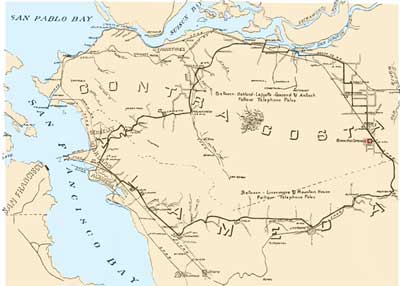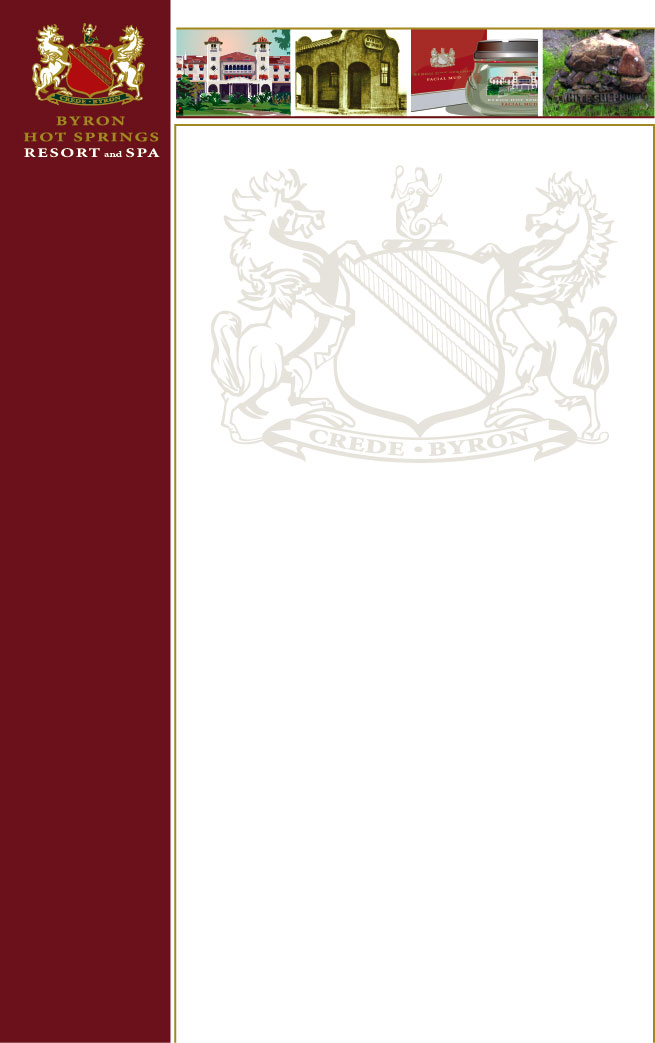Discovery of the Springs
Prior to 1760 Fur Traders or "Mountain Men" visited the area. French Canadian fur traders had a camp or rendezvous at Lebec, near Tracy. Early Spanish explorers found the Springs early in their recognizance of California. Beginning in 1773, a series of Spanish explorers visited the area. Pedro Fages, Spanish explorer, describes the area in his journal. The following year, Juan Bautista de Anza, notes the Salt Springs as does Jose Joaquin Moraga in 1776.
The indigenous peoples knew of the Springs from time immemorial. Members of the Bolbones tribe camped in the area as the first Anglo Europeans found their way into California. Bones and stones worked into shapes have been found in the Springs and traces of Indian encampments were still found in the early twentieth century. An Indian tent was a featured photograph in an early Byron Hot Springs Resort brochure
The pools of hot sulfurous and salty water are a natural attraction to man and animal alike. Surface water and natural salt licks attracted deer, bear, elk, and their natural predator, the mountain lion. What attracted man to first bathe in the pools is conjecture. The natural temperature of the waters ranges from 80 degrees to 100 degrees as scientifically measured and recorded in the late nineteenth century. Not too hot and not too cold – just right. It is easy to imagine the pleasure of a warm water soak during the weeks of cold Delta tule fog in winter.
An early map of the Jose Noriega Spanish land grant shows the "Salt Springs" marked. A subsequent map describing the land acquired by John Marsh from Noriega shows a trail well labeled as leading from the Marsh Adobe to the "Salt Pans." The individuals settling and living in Mexican California had to be self-sustaining. Location of a salt lick or salt mine would be an invaluable asset. Sodium (salt) is necessary for sustaining life, preserving meat, and manufacturing. John C. Fremont and Kit Carson came close to the Springs during in their 1842 western exploration and survey as the traveled up the San Joaquin river by boat. John Bidwell and his overland party of immigrants had Marsh’s adobe as their destination. It is conceivable that both parties visited the Springs to secure valuable salt to refurbish their supply.
Word of the thermal pools led to informal bathing and improvement of the site. Legend suggests that the origin of the name "Byron" stems from a Californio’s report of a "bruin" or "bear-on" or "bear’ in" (pronunciation differs) the hot pools in mid winter. The vaquero quickly rode his horse away to report a "bear in" the "Hot Springs." Enjoyment of the pools and drinking of the waters for their health giving affect became common practice as Yankee immigrants tumbled out the gold fields of 1849 to more settled occupations in the San Joaquin Valley.
1863 Salt Mines [next] [back to top]
Home l Resort Plans l History l Golf Course l Resort Store l Newsroom l Contact Us
© 2004 Byron Hot Springs

